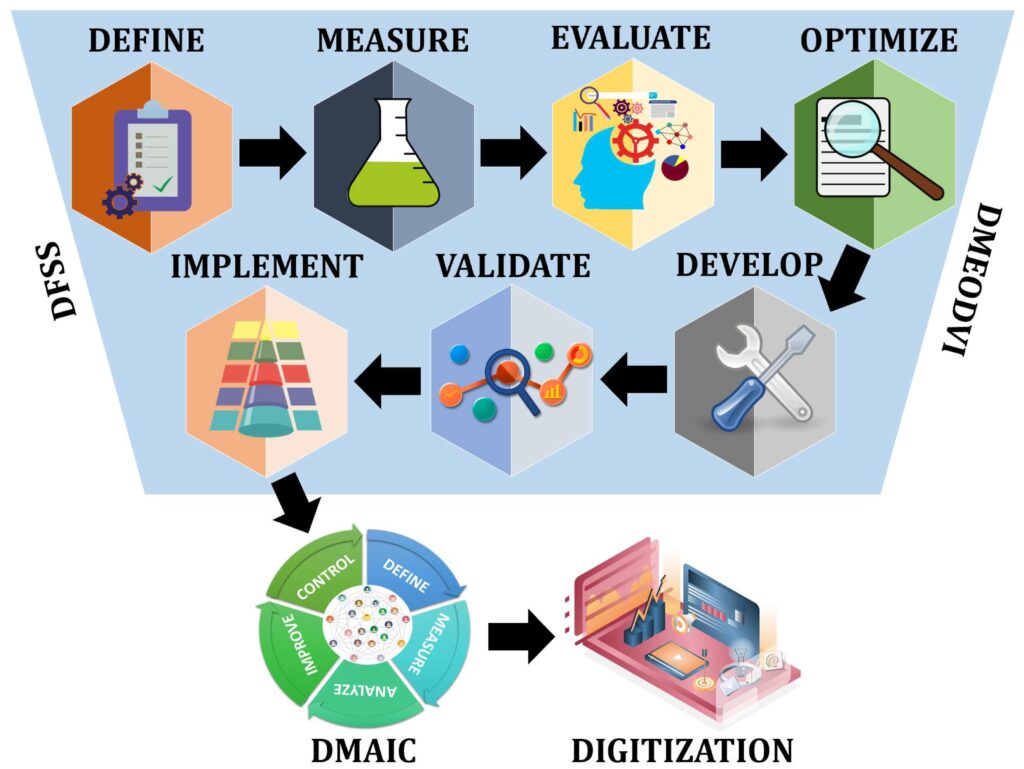The gaming industry has evolved from playing games on computers and consoles to an art form of its own. This article highlights the principles of game development, including designing the game, gameplay mechanics, art direction, programming and AI development, and testing and quality assurance. The concept of the game, compelling storyline, and immersive gameplay environment are crucial for keeping players engaged. Art direction and programming bring mechanics to life, while testing and quality assurance ensures the game meets the required quality standards. A well-executed game development strategy can create engaging, immersive experiences that capture the attention of players worldwide.
Introduction
The gaming industry is an ever-growing medium that has seen exponential growth over the years. Initially, the gaming industry was just about playing games on computers and consoles, but it has evolved into an art in its own right. The evolution has seen the creation of several unique and exciting games that have taken the world by storm. The process of creating games involves much work, from developing the concept, designing the game, programming it, and testing it. This article explores the principles of design and mechanic development that go into making games.
Designing the Game
The concept of the game is the first thing that comes to mind when a game is being developed. It is essential to have a clear understanding of what the game is all about; the story, characters, setting, and gameplay. The storyline has to be compelling to keep players engaged. Many games today are story-driven, with cutscenes and dialogue that helps players connect with the characters. The setting is also essential as it determines the environment players interact with during gameplay. The game’s atmosphere plays a significant role in creating an immersive experience for players.
The Gameplay Mechanics
Gameplay mechanics are elements within a game that allow players to interact with the game world. They determine how players move, interact with objects, interact with other characters, and progress through the game’s storyline. It is essential to design these mechanics early on in the game development process, as they can determine the game’s success. A game with poor mechanics can completely lose player interest, and nobody wants that.
Art Direction
Art direction is an essential aspect of game development, and it can make or break a game. A game with excellent art direction is more likely to succeed since it captures the attention of players immediately. A good art direction involves choosing art styles and themes that complement the game’s story and mechanics. For example, an action-adventure game may have a gritty, realistic art style, while a puzzle game may have a more playful and colorful art style.
Programming and AI Development
Programming is where the gameplay mechanics come to life. It involves writing code to create the game’s logic, physics, animations, and other game mechanics. Programming involves working with different languages such as C++, Java, or Python. AI development is also a crucial aspect of game development. It involves creating algorithms that simulate human behavior, creating non-player characters, and enemies. AI development has to be consistent with the game’s theme, mechanics, and storyline.
Testing and Quality Assurance
Testing is an essential aspect of game development that precedes the game’s release. It involves testing the game for bugs and glitches and ensuring it runs smoothly. A game with a lot of bugs and glitches may be unplayable, causing players to lose interest. It is also important to test the game’s mechanics, story continuity, and other elements to ensure they are consistent. Quality assurance is another aspect of testing that involves ensuring the game meets the required quality standards. Quality assurance involves analyzing graphic quality, user interface functionality, compatibility with different platforms, and other aspects.
Conclusion
Game development is a complex process that involves several stages, each vital in creating an engaging and successful game. The principles of design and mechanic development, art direction, programming and AI development, and testing and quality assurance play a significant role in the game development process. A well-executed game development strategy can create immersive experiences that captivate gamers worldwide.
